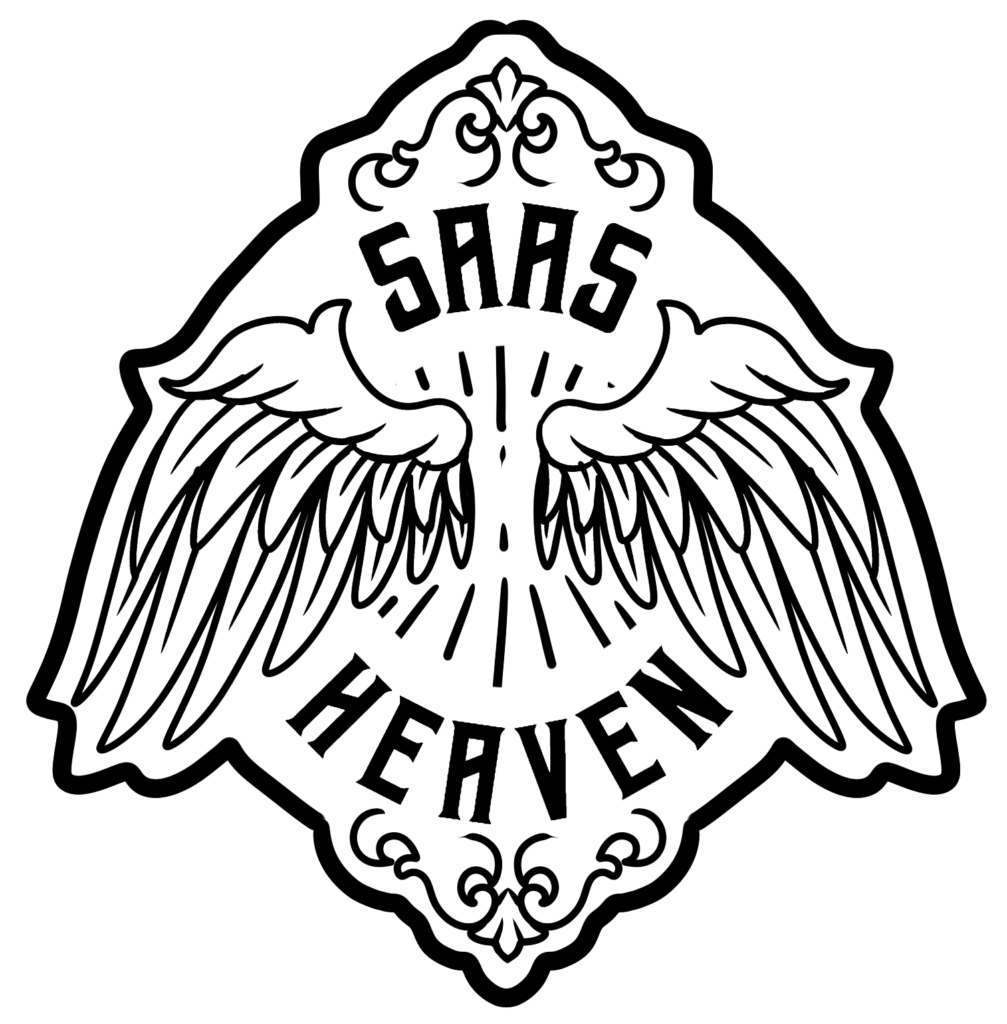SaaS Onboarding 101

SaaS companies follow a recurring or subscription-based revenue model, which is why retaining customers is even more important than signing them. A positive onboarding experience is the key to increasing a customer’s lifetime value and reducing churn because customers can adopt experience value from your solution right away.
What Is Onboarding In SaaS?
In SaaS, onboarding refers to nurturing your new users and helping them become familiar with using your solution. The stage usually follows the period immediately after they become paying customers for the first time. Depending on the complexity of the solution, onboarding is performed through written materials, video tutorials, and or walkthroughs; alternatively, a sales or customer service rep will assist with onboarding.
Some companies may have dedicated onboarding staff to guide new customers through the solution for the first time.
The goal of onboarding is always to help transition new users to become habitual users of the solution or product by transferring sufficient knowledge so that they accomplish their goals.
Why Is Onboarding Important?

It takes a considerable amount of time for a customer to decide to purchase your SaaS solution. They evaluate dozens of competitors, sit through countless demos and spend time tweaking their budgets before taking the leap. Onboarding teams need to reassure the customer that they have made the right decision and quash any buyer’s remorse they may experience. If done correctly, onboarding has numerous benefits, including:
Lower risk of churn
The average churn rate of a SaaS company is at 5%. If your churn rate is higher than the industry average, you should consider reevaluating your onboarding process. Customers who have a positive first interaction with your product are far more likely to use the product and will keep using it for a longer time.
Learning to use a new tool by yourself can be difficult, especially in a business environment where operations have to keep moving. Onboarding customers with care demonstrates that you are attentive from the start, and if customers spend the time and effort to learn how to use your software, they’re invested and far less likely to switch and start the process of learning how to use a new tool all over again.
Make your customers feel valued.
If you help your customers get started, they feel more valued and at ease with your product. If they are left to their own devices and make mistakes, you’ll be the one that gets blamed. Supporting customers increases trust and positive word of mouth from the start.
Gain customer advocates
Your customers may switch companies at any time. They move in the same circles and browse the same industry-related websites as the prospects you are chasing. If your customers feel happy and confident about your solution, they can become excellent brand advocates. Onboarding encourages customers to tell others about your business in a positive way, especially if they realize value right away.
Create opportunities for upselling
If it’s appropriate, your team can use the onboarding stage to upsell to new customers. Many SaaS companies pitch low or basic entry-level tiers to their software solutions as a means of roping them in. Once customers start on this tier, it’s much easier to push additional features as customers recognize the value and convenience a higher tier has to offer. Make sure that the lowest tier is still practical and useful from the start and only upsell when a customer asks about it. Onboarding should be focused on training, not selling upgrades.
How To Set Up An Onboarding Process
Creating the perfect onboarding experience takes careful planning and attention to detail. SaaS solutions vary in complexity, and so do customer needs. However, there are a few best practices to guide you along the way.
1. Start by researching the customer journey
Whenever a new customer starts using your software, there will be critical moments and actions in their user journey. These moments can be positive or negative. Start with the negative moments first. Where are customers hitting a wall or struggling to use the solution? Which features are they finding the least useful?
You can gather this information through surveys, heatmaps, Google Analytics tags, or by using a customized demo software with annotations so that you can collect insights about the way customers navigate your software.
Next, work on finding the “aha” moment. This is the instant where your customer discovers just how valuable your solution is and will motivate your customer to keep using the product for years to come. You should build your marketing materials, demos, and onboarding tutorials around this moment to hook customers from the start.
Once you’ve gathered the necessary information about the user journey, from sign-in to completing actions, you can create tutorials or other onboarding materials that steer customers along the most efficient route that encourages discovery and adoption and takes them to the first moment of value realization.
2. Welcome your customers
You have to stay in touch with your customers as they are onboarded. One of the easiest ways to do this is via an automated email series that checks in with, educates, and reassures customers as they start using your solution.
This should include:
- A welcome email when the users set up/sign in to their account the first time;
- A check-in email asking customers if they need assistance and directing customers to the FAQ page or knowledgebase center, sent three days after the customer signs up;
- A check-in one week after sign-up with tips to get the most out of their solution;
- Another check-in one month after signing up with helpful news and a request to review the software.
If you truly want to create a lasting experience, you can create welcome messages inside and out of the platform. This can include welcome modals overlaid on the site directing customers to tutorials or walk-throughs.
3. Choose the onboarding model
Your user flow will vary depending on the nature of your SaaS business. There are several models you may adopt:
- The Self-Service Model
Self-service onboarding is used when your software solution is highly intuitive and simple. A written “getting started” guide or walkthrough or even a few simple screen recording videos will be enough to get your customers started. Users can explore the software on their own and refer to help desk articles if they get stuck.
- The Low Involvement Model
This onboarding method adds a few additional elements, including product tours, walkthroughs, and guided tutorials. This model usually gives customers access to general customer support, like a helpline.
It’s a good model to adopt if your solution is moderately difficult but doesn’t require constant hand-holding or guidance to grasp. This can be done using an Interactive customized demo solution (In most cases it will be the same software you will use for your demos).
- The High Involvement Model
If your software is complex, difficult to set up and understand, you need to be more hands-on in your approach to onboarding. Usually, an onboarding, support, or sales rep is assigned to the customer to guide them through set up and provide training. If this isn’t possible, companies should create personalized walkthroughs and demos to take customers through the process.
There should be a kick-off call, a series of training sessions or modules, and an extensive database of knowledgebase articles to support customers.
4. Set Onboarding Milestones
There’s always a risk that customers sign on to the service and abandon the software along the way, especially in the early stages. Set milestones to keep you (and your customers) on track based on their goals.
For example:
- Week 1: Complete a kick-off call and set up the account, and check-in with the customer at the end of the week via email.
- Week 2: Start migrating data if relevant. Set up additional training sessions with new users.
- Week 3: Set up a conference call or in-person meeting to review the customer’s progress.
- Week 4: Final review. Ask the client about any significant accomplishments/stats they can share.
5. Measure, Adapt, Improve

Once you’ve built your onboarding flow, you have to keep optimizing and improving it. Think of it as an ever-evolving process where constant improvements should be made. There are a few ways of measuring your success and identifying areas for improvement.
- Look at your user behavior analytics tools (like Google Analytics or annotated demos) to see where users are dropping out or making mistakes. Record simple tutorials to help your users overcome these issues and send them to customers in a check-in mailer.
- A/B tests various onboarding flows to see which ones deliver the best results.
- Keep an eye on your customer analytics, particularly your churn rate. If your churn rate is increasing, review your onboarding process again. Speak to customers in person or send out surveys to find out what could be improved.
Conclusion
Customer onboarding can greatly increase your customer lifecycle or cause them to abandon your platform entirely. Understand your customers’ requirements and use the data to set them up for success from the start. If your customers are onboarded correctly, they will see the value of your solution right away and keep using it for years to come.
Was this article helpful? Read our article about creating a SaaS Product Tour to improve your marketing, sales, and onboarding efforts.

